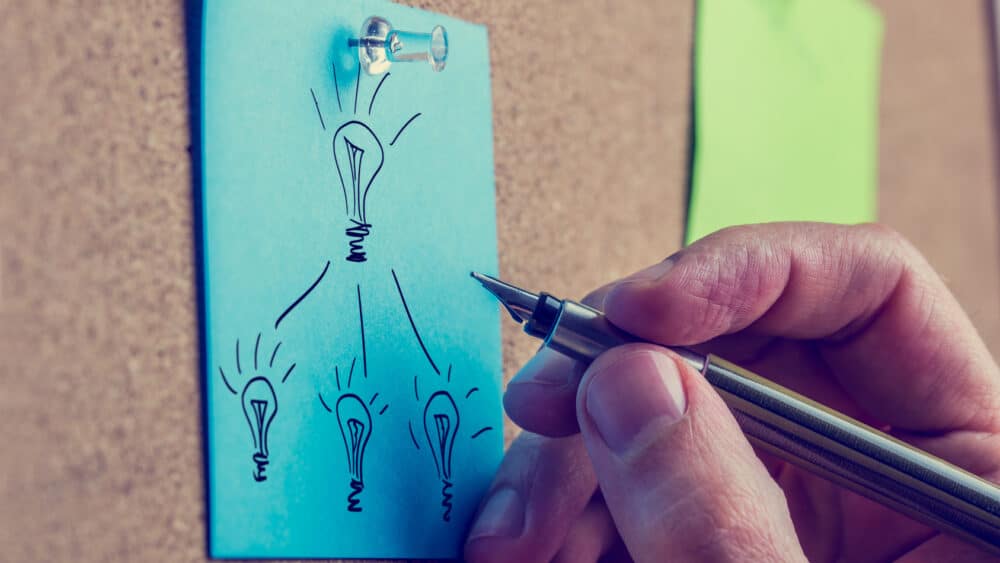Brainstorming is an essential tool for problem-solvers and creative thinkers. Any challenge can be overcome using brainstorming, from a fresh business idea to choosing the perfect name for your new program. Here are some suggestions to help you brainstorm effectively, whether you’re doing it alone or in a group.
- Start by determining the objective. Brainstorming works best when a clear, doable goal is in mind. Please spend some time defining the goal in detail and coming up with suggestions for how to accomplish it.
- Create Ideas Without Censorship: It’s crucial to brainstorm ideas without bias. Be bold and think creatively; even the most outrageous ideas can result in great things.
- Structure Your Brainstorming Session-: Chaos will likely ensue if there is no structure to your brainstorming session. During a structured brainstorming session, everyone involved can concentrate on the goal and brainstorm more effectively.
- Create a safe and enjoyable environment: Brainstorming sessions are more successful when everyone is confident in their ability to express themselves without fear of criticism or judgment. Brainstorming will be much more productive if it is done in a secure setting where participants can freely express themselves. Brainstorming should be an enjoyable activity. Don’t forget to laugh and have fun while brainstorming– it can help you be more creative and develop better ideas!
- Allow Reflection & Consolidation: It’s crucial to take breaks and give yourself time to think things through. This will enable thinkers to reevaluate their concepts and develop new perspectives.
- Leverage Diverse Perspectives: Encourage participation from individuals with diverse backgrounds, expertise, and viewpoints. The richness of ideas generated increases when different perspectives are welcomed and valued. This diversity not only enriches the brainstorming session but also leads to more comprehensive and inclusive solutions.
- Use Visual Aids and Prototyping Tools: Integrate visual tools such as mind maps, flowcharts, or digital whiteboards to capture and organize ideas visually. Encouraging participants to use prototyping tools or simple sketches can also help concretize abstract ideas, making them easier to understand and evaluate.
- Implement Time Constraints: Set specific time limits for generating ideas and for each phase of the brainstorming process. This creates a sense of urgency, prevents the discussion from stagnating, and helps keep the energy levels high throughout the session. Time constraints can stimulate rapid thinking and spur creativity under pressure.
- Rotate Facilitators: To keep the sessions dynamic and inclusive, rotate the role of facilitator among participants. This approach ensures that different styles and techniques of facilitation enrich the process, and it gives everyone a sense of ownership and responsibility for the success of the brainstorming session.
- Follow Up and Action Planning: Ensure that the brainstorming session leads to actionable outcomes. After generating a wide range of ideas, dedicate time to categorize, prioritize, and develop an action plan for the most promising ideas. Schedule follow-up meetings to review progress, refine ideas, and maintain momentum towards implementation.
Using these suggestions, you can brainstorm more efficiently and generate even better ideas. So don’t be afraid to try brainstorming because it is a priceless tool that can assist you in solving any problem!
Bonus tip: Use digital brainstorming tools: Various free digital brainstorming tools are available today. They allow you to brainstorm with anyone from anywhere, often generating higher-quality results in less time.
Contact me if you would like to learn about our brainstorming facilitation services. We can help you get higher-quality brainstorming results in less time.


